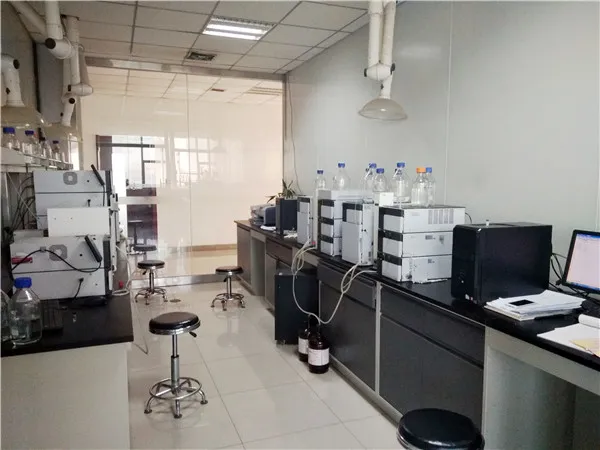Understanding Oxo-Degradable Additives A Step Towards Sustainable Plastics
In the quest for sustainable solutions to address the global plastic crisis, oxo-degradable additives have emerged as a potential alternative for enhancing the biodegradability of conventional plastics. These additives are marketed as a way to reduce plastic waste and mitigate environmental impact, but the efficacy and environmental implications of their use remain subjects of ongoing debate. This article aims to provide an overview of oxo-degradable additives, their mechanisms, benefits, and the controversies surrounding them.
What are Oxo-Degradable Additives?
Oxo-degradable additives are chemical compounds added to traditional plastics, such as polyethylene and polypropylene, to accelerate their degradation process when exposed to heat, light, and oxygen. The primary mechanism of these additives involves the breakdown of plastic polymers into smaller fragments, eventually leading to a complete degradation into carbon dioxide, water, and biomass under certain environmental conditions.
Typically, these additives contain transition metals that catalyze the oxidation of plastic, enhancing its fragmentation. This process differs from traditional biodegradation, where microorganisms metabolize plastic materials over time. Instead, oxo-degradable products are designed to fragment faster, theoretically making them less harmful in the short term.
Benefits of Oxo-Degradable Additives
oxo degradable additives

Proponents of oxo-degradable additives argue that they offer several environmental benefits 1. Reduced Persistence By speeding up the degradation process, these additives aim to decrease the longevity of plastic waste in landfills and oceans. 2. Potential for Recycling The fragmentation of plastics could make recycling easier in some contexts, although this remains contentious. 3. Enhanced Public Awareness The marketing of oxo-degradable products raises awareness about plastic pollution and encourages consumers to consider alternative products.
Controversies and Criticisms
Despite the claims of oxo-degradable additives, many environmental scientists and organizations express skepticism regarding their effectiveness and safety. Key criticisms include
1. Incomplete Degradation Studies have shown that while oxo-degradable plastics do fragment, they may not break down completely into harmless substances. Instead, they can lead to microplastics, which pose significant ecological threats. 2. Misleading Marketing Some companies market these products as biodegradable, leading consumers to believe that they can dispose of them in the environment without consequences. This has been criticized as misleading, as improper disposal still results in environmental accumulation. 3. Lack of Standards There is a lack of standardized testing methods to evaluate the degradation of oxo-degradable plastics in real-world conditions. Consequently, their actual impact on the environment remains uncertain. 4. Compatibility with Recycling Systems Incorporating oxo-degradable plastics into conventional recycling streams can compromise the recycling process, affecting the quality of recycled materials.
Conclusion
Oxo-degradable additives present an intriguing solution to the persistent issue of plastic waste. While they offer potential benefits in reducing visible plastic pollution, the environmental implications of their use need to be carefully scrutinized. As the world seeks effective methods to combat plastic pollution, it is crucial for consumers, manufacturers, and policymakers to be informed about the limits and realities of oxo-degradable technologies. Continued research, transparent labeling, and responsible waste management practices will be essential to ensure that advancements in materials science contribute positively to the sustainability goals of our society. In the end, while oxo-degradable additives may play a role in a more comprehensive approach to solving the plastic crisis, they should not be viewed as a panacea.

